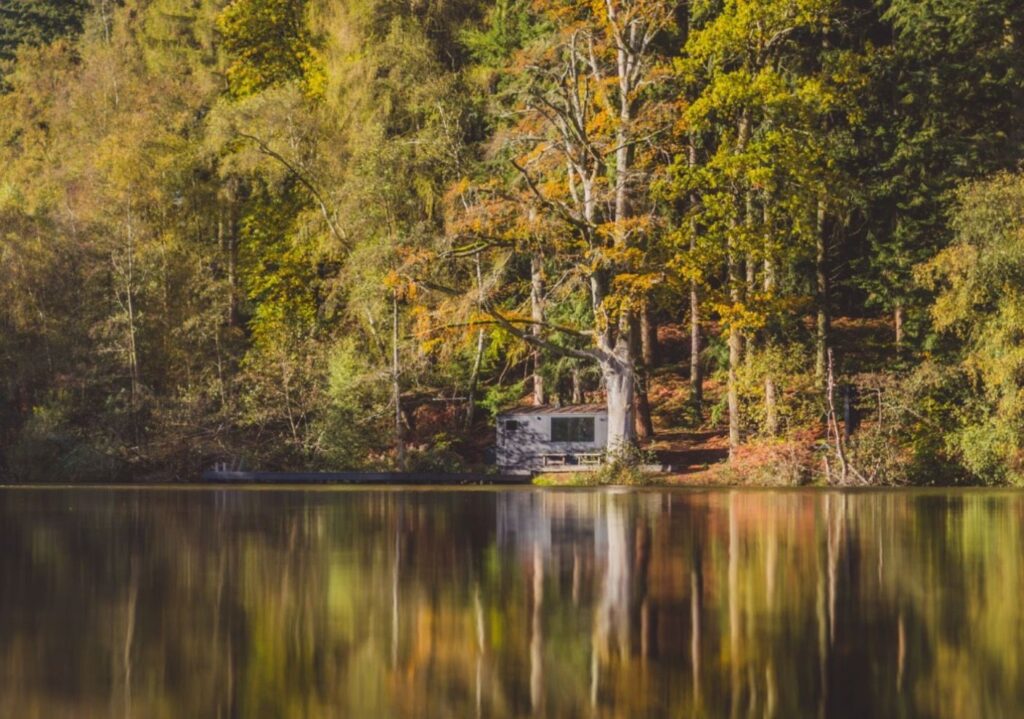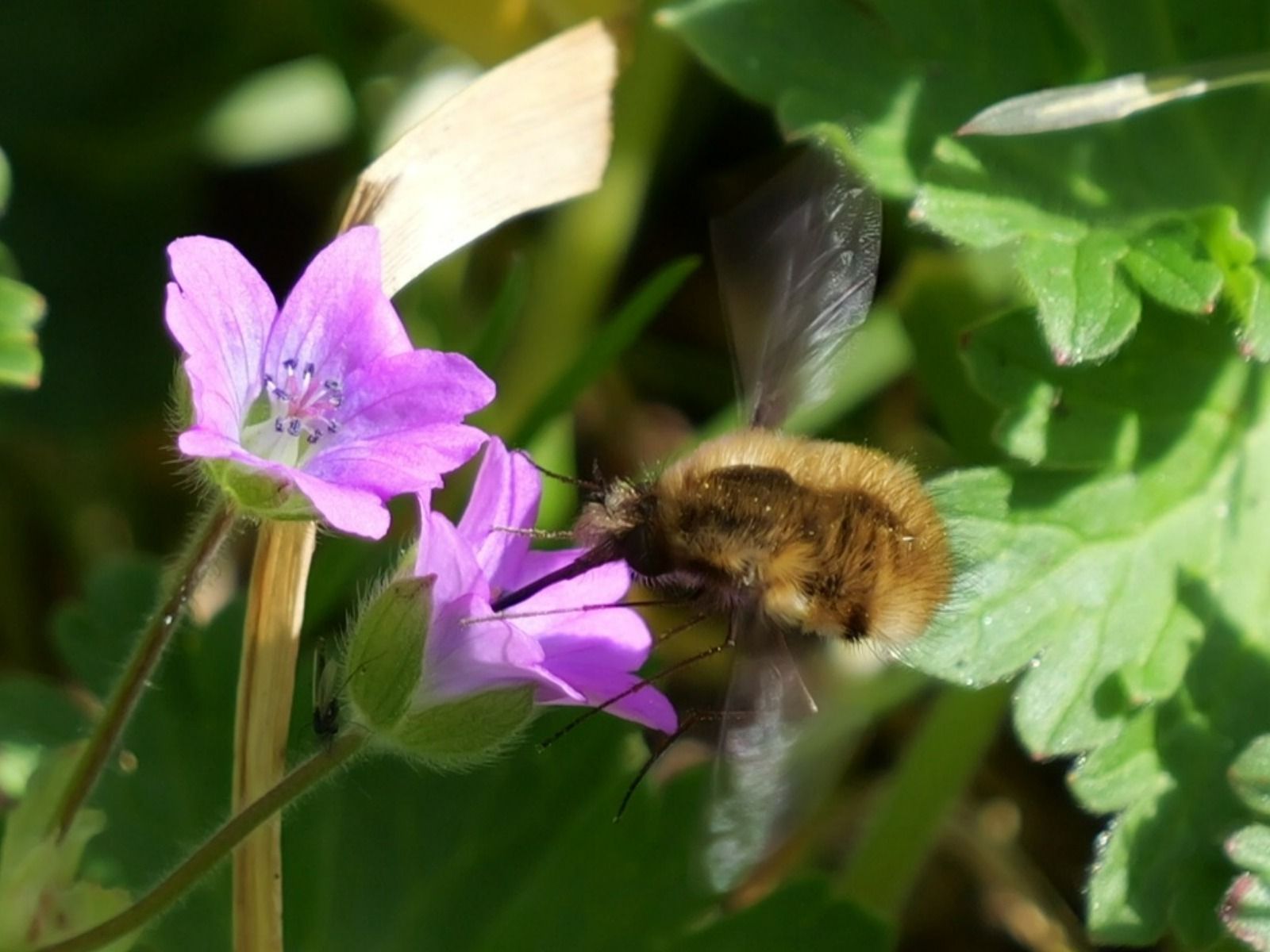
As wild plants respond to the warmer temperatures and stronger sunlight in Spring, it becomes possible to identify a plant species as its leaves appear above ground. At Wasing we are lucky to have several different British native orchid species growing round the lakes; these are starting to become visible if you know what to look for, although they mostly won’t flower till mid-Summer. Orchid species found at the lakes include common spotted, broad leaved helleborine, green-flowered helleborine, pyramidal and southern marsh orchid and potentially lots of other species yet to be discovered. Pictured above is a possible southern marsh orchid starting to develop the flower spike inside the leaf rosette. Below is a common spotted orchid in the first stages of it’s life.

With the warmer, sunnier weather of early April, many more species of flowering plants and the insects that depend on them, will make an appearance at our fisheries. In the short vegetation alongside the footpaths and tracks around the lakes and rivers, plants such as ground-ivy, red dead-nettle, common speedwell, bugle, cowslip, primrose and many others will take advantage of the elevated sunlight levels to put out their first flowers.
Wasing Estate is blessed with extensive wild areas of woods, scrub and heathland. A fishing trip at this time of year to Staghead lake might allow you to spot some of the many wild violets that flower in April and May around the lake. These violets provide the food for the caterpillar of one of our most exciting butterflies, the silver-washed fritillary. After feasting on the violets throughout Spring, the caterpillar will transition in summer.

These flowers are what many insects such as bumblebees, butterflies and others have been waiting for – flowers are an important source of early nectar for many species. Amongst these insects is the bee-fly in the genus Bombylius, a cute, fluffy and fascinating insect with a sinister biology. Although the adults can most often be seen hovering over flowers and sliding their proboscis into the flower to drink nectar, the females can sometimes be seen following solitary mining bees to find their nests with the intention of laying her eggs next to the mining bee nest; when they bee-fly eggs hatch, the larvae will crawl into the mining bee nest to eat the larvae.

All this is going on around us at our feet without us perhaps even noticing. We are told to look up to see the wonders of the world, but sometimes looking down can help to ground us and appreciate the small things.
– Jock the Wasing Bailiff










